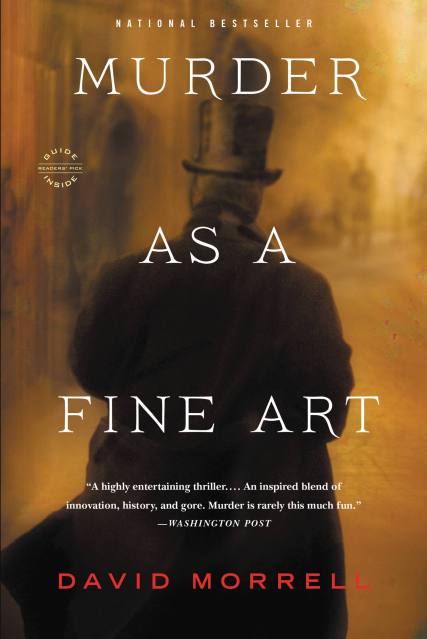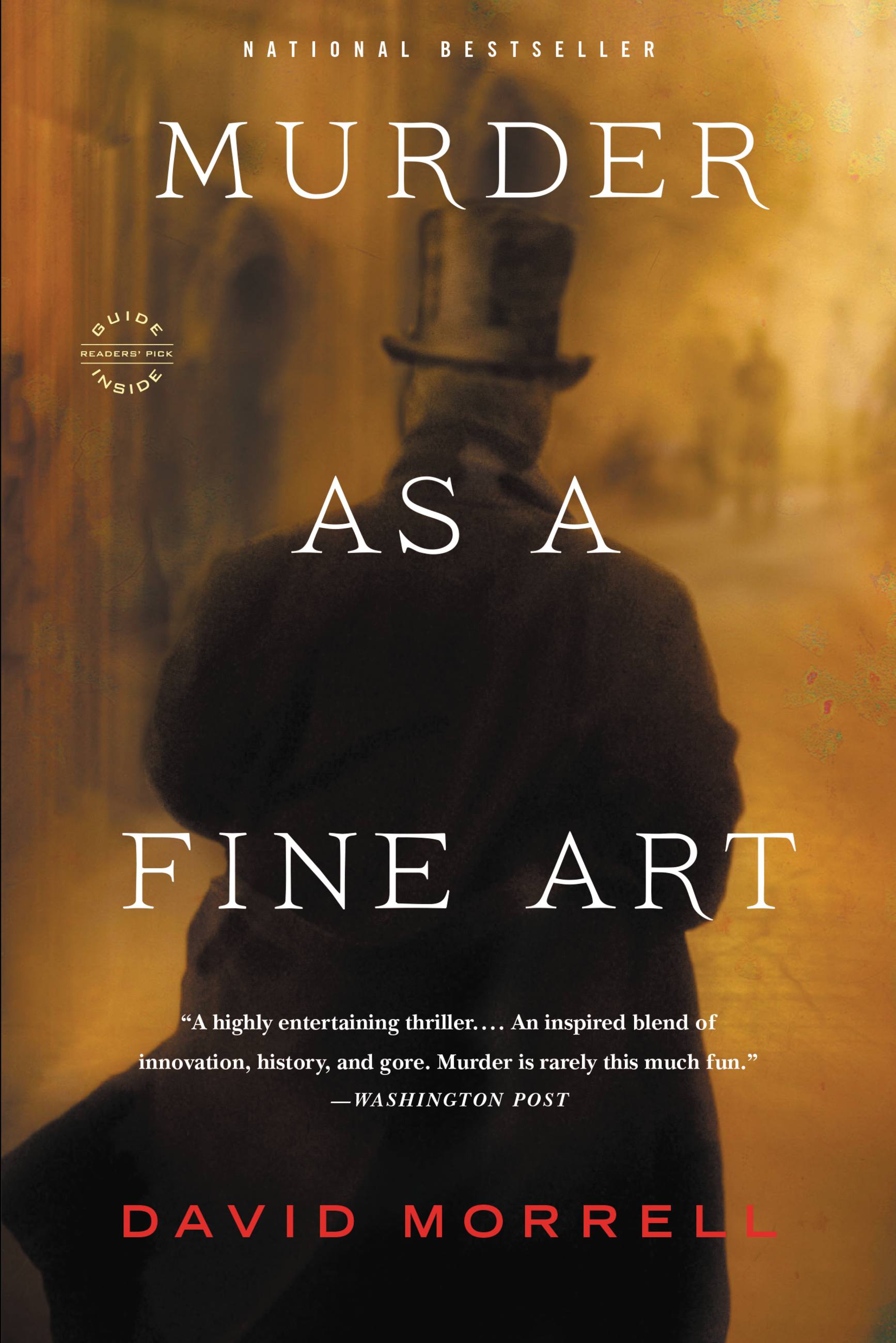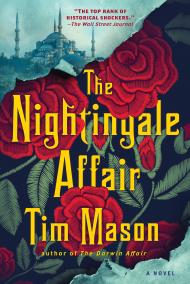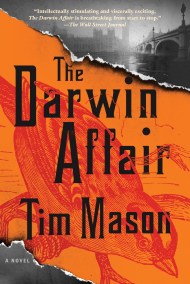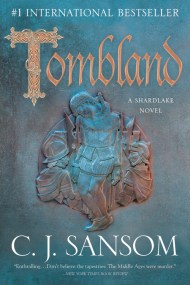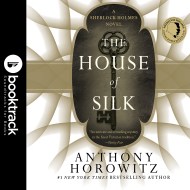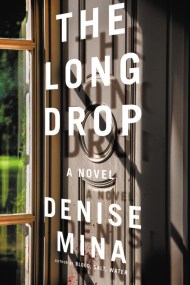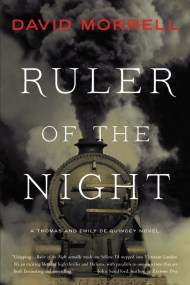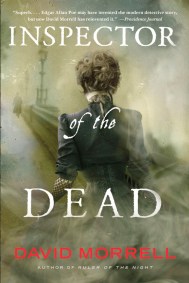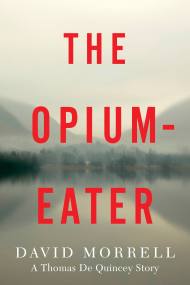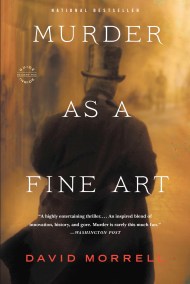Murder as a Fine Art
Contributors
Formats and Prices
Price
$9.99Price
$12.99 CADFormat
Format:
- ebook $9.99 $12.99 CAD
- Audiobook Download (Unabridged)
- Trade Paperback $17.99 $22.99 CAD
This item is a preorder. Your payment method will be charged immediately, and the product is expected to ship on or around May 7, 2013. This date is subject to change due to shipping delays beyond our control.
Also available from:
A brilliant historical mystery series begins: in gaslit Victorian London, writer Thomas De Quincey must become a detective to clear his own name.
Thomas De Quincey, infamous for his memoir Confessions of an English Opium-Eater, is the major suspect in a series of ferocious mass murders identical to ones that terrorized London forty-three years earlier.
The blueprint for the killings seems to be De Quincey’s essay On Murder Considered as One of the Fine Arts. Desperate to clear his name but crippled by opium addiction, De Quincey is aided by his devoted daughter Emily and a pair of determined Scotland Yard detectives.
In Murder as a Fine Art, David Morrell plucks De Quincey, Victorian London, and the Ratcliffe Highway murders from history. Fogbound streets become a battleground between a literary star and a brilliant murderer, whose lives are linked by secrets long buried but never forgotten.
Thomas De Quincey, infamous for his memoir Confessions of an English Opium-Eater, is the major suspect in a series of ferocious mass murders identical to ones that terrorized London forty-three years earlier.
The blueprint for the killings seems to be De Quincey’s essay On Murder Considered as One of the Fine Arts. Desperate to clear his name but crippled by opium addiction, De Quincey is aided by his devoted daughter Emily and a pair of determined Scotland Yard detectives.
In Murder as a Fine Art, David Morrell plucks De Quincey, Victorian London, and the Ratcliffe Highway murders from history. Fogbound streets become a battleground between a literary star and a brilliant murderer, whose lives are linked by secrets long buried but never forgotten.
Series:
-
"Masterful . . . brilliantly plotted . . . evokes 1854 London with such finesse that you'll gear the hooves clattering on cobblestones, the racket of dustmen, and the shrill call of vendors."Entertainment Weekly (Grade: A)
-
"Morrell writes action scenes like nobody's business."New York Times Book Review
-
"A literary thriller that pushes the envelope"Associated Press
- On Sale
- May 7, 2013
- Page Count
- 368 pages
- Publisher
- Mulholland Books
- ISBN-13
- 9780316216777
Newsletter Signup
By clicking ‘Sign Up,’ I acknowledge that I have read and agree to Hachette Book Group’s Privacy Policy and Terms of Use
